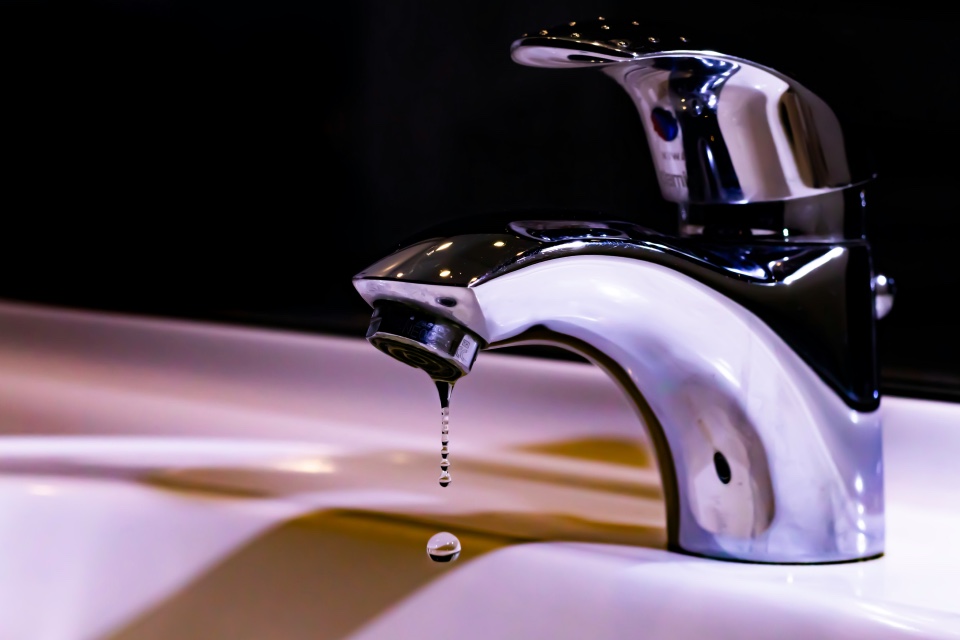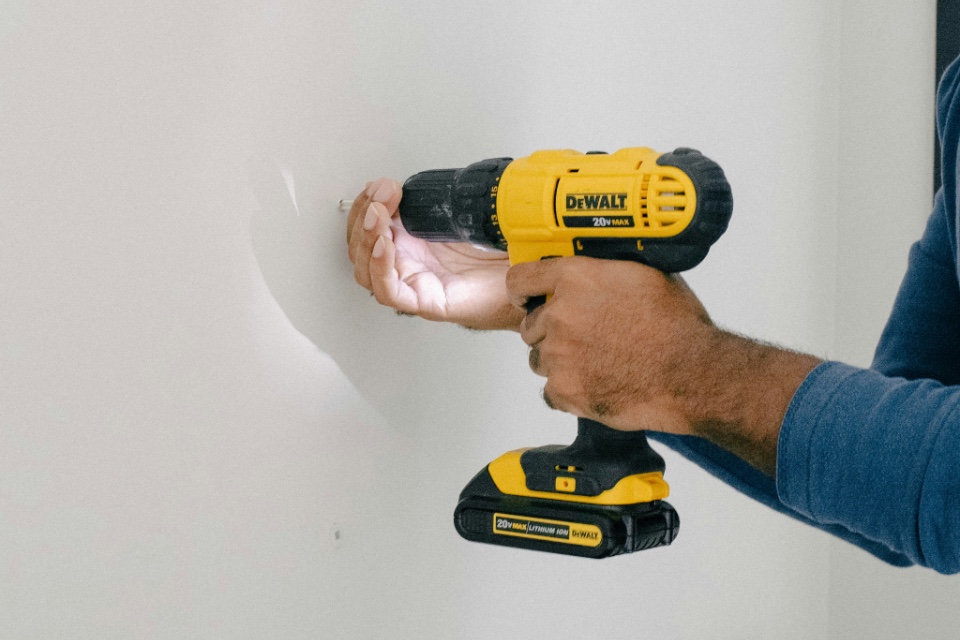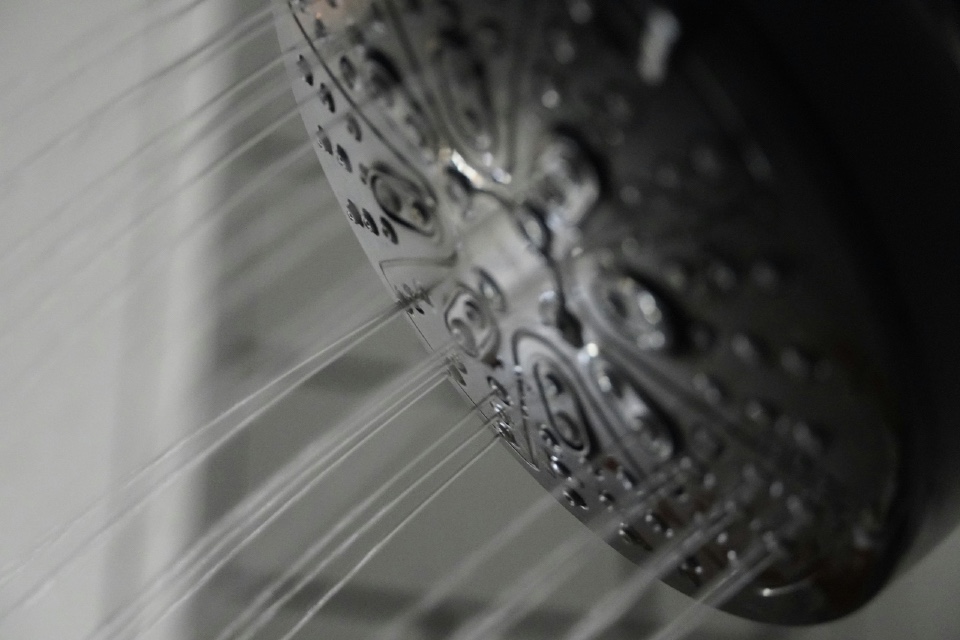The landscape of residential care in the UK is undergoing a positive transformation. Care homes are moving away from a ‘one-size-fits-all’ approach, focusing on creating a more personalised and dignified living environment for residents. This evolution is evident in the design and functionality of bedroom and bathroom equipment, empowering care home management professionals to cater to individual needs and enhance resident wellbeing…
From Institutional to Individualised:
Traditionally, care home bedrooms and bathrooms were often sterile and clinical, lacking the comforts of home. The focus has shifted towards:
- Personalised Spaces: Bedrooms are now designed to reflect residents’ individual preferences, with familiar furniture, photographs, and personal belongings.
- Adaptable Equipment: Adjustable beds, hoists, and shower chairs promote independence and dignity for residents with varying mobility levels.
- Focus on Comfort and Safety: Comfortable beds, non-slip flooring, and grab rails provide a safe and secure environment that fosters resident well-being.
Public Sector Prioritises Independence:
Publicly funded care homes are committed to enabling residents to retain as much independence as possible. This is reflected in the equipment choices:
- Technology Integration: Simple assistive technologies like voice-activated lighting and fall detectors can enhance safety and independence.
- Sensory Stimulation Features: Features like coloured lighting and calming music in bathrooms can help manage dementia and create a relaxing environment.
- Focus on Accessibility: Accessible bathrooms with wider doorways, roll-in showers, and raised toilets ensure all residents can use the facilities safely and with dignity.
The Private Sector Embraces Innovation:
Private care homes are at the forefront of adopting innovative equipment solutions:
- Smart Beds and Sensors: These technologies can monitor sleep patterns, detect falls, and even adjust temperature for individual comfort.
- Telecare Systems: Two-way communication systems allow residents to call for assistance discreetly, promoting a sense of security and independence.
- Spa-Like Bathrooms: Hydrotherapy baths and walk-in showers with rainfall features can offer a luxurious and therapeutic experience for residents.
The Future of Care Home Equipment: A Person-Centred and Tech-Driven Approach
The future of care home equipment promises exciting advancements for management professionals:
- Artificial Intelligence (AI): AI-powered systems can monitor resident behaviour, predict potential issues, and even personalize music and lighting preferences.
- Virtual Reality (VR): VR experiences can offer residents opportunities for cognitive stimulation, relaxation, and social interaction.
- Robotic Assistive Devices: Robots can assist with daily tasks like toileting and medication reminders, freeing up care staff time for more personalised interactions.
A Collaborative and Data-Driven Approach
Optimizing equipment solutions in care homes requires collaboration:
- Resident and Family Input: Involving residents and their families in equipment selection fosters a sense of ownership and ensures the chosen solutions meet their individual needs.
- Data-Driven Decisions: Using data from sensors and monitoring systems can inform equipment choices and tailor care plans to individual residents.
- Investment in Staff Training: Training staff on using new technologies effectively is crucial for maximizing the benefits of these advancements.
Creating a Home, Not Just a Room
The future of care home equipment is about creating a comfortable, safe, and stimulating environment that fosters resident well-being and independence. By embracing innovative solutions, prioritising person-centred care, and collaborating with residents and families, care home management professionals can create a truly homey environment for their residents.
Are you searching for Bedroom & Bathroom solutions for your organisation? The Care Forum can help!






